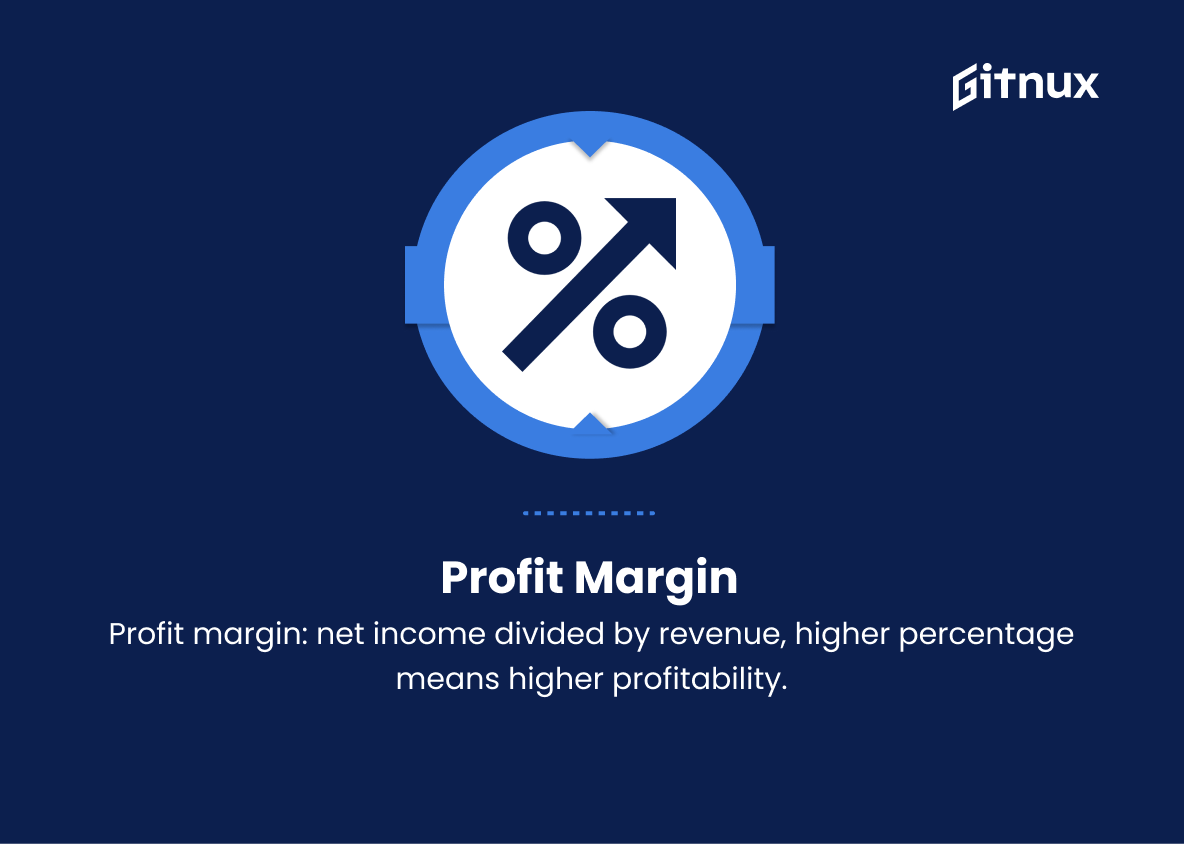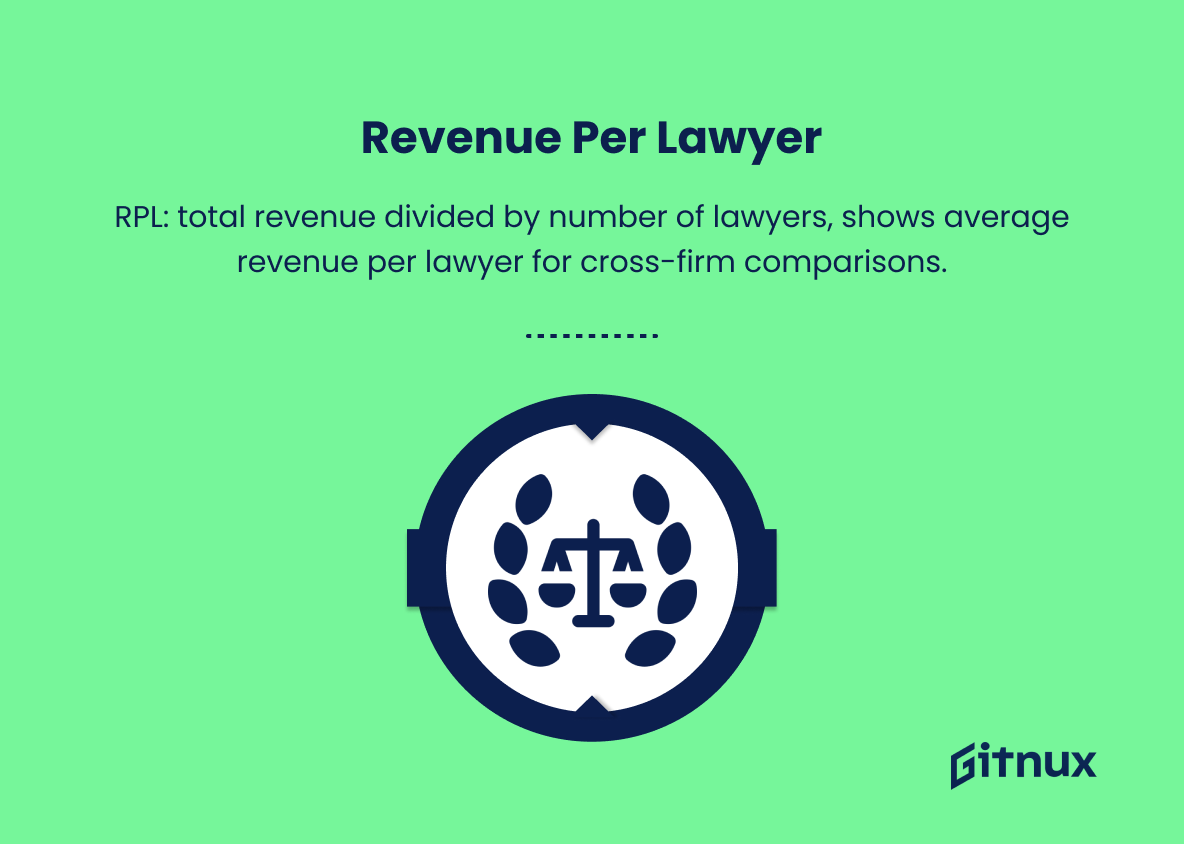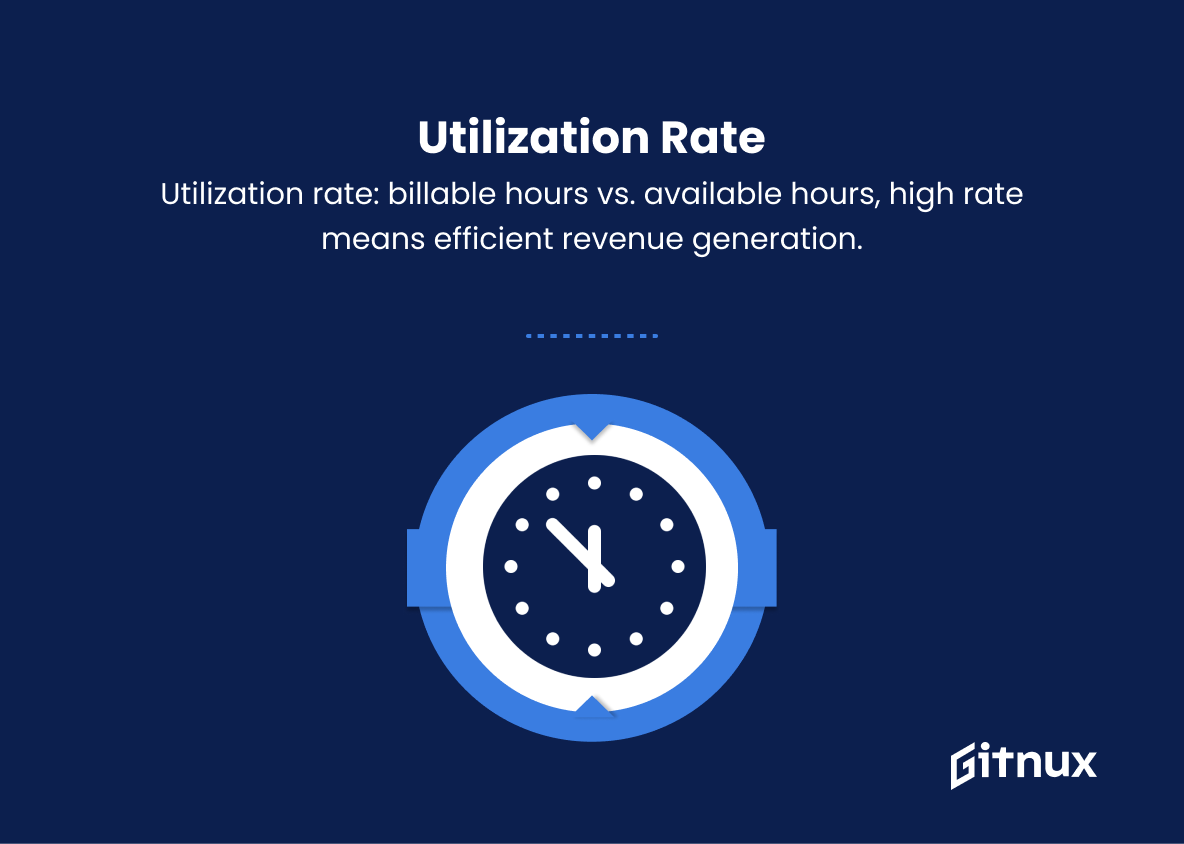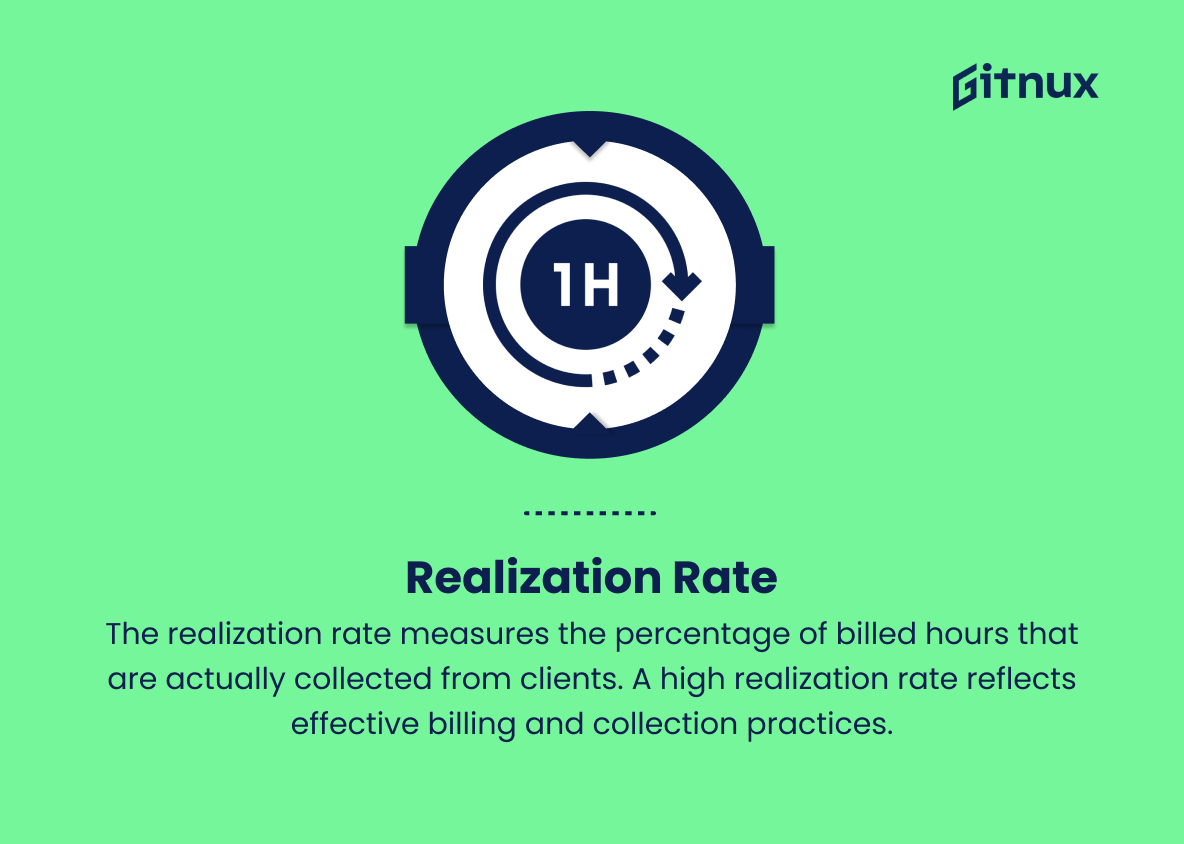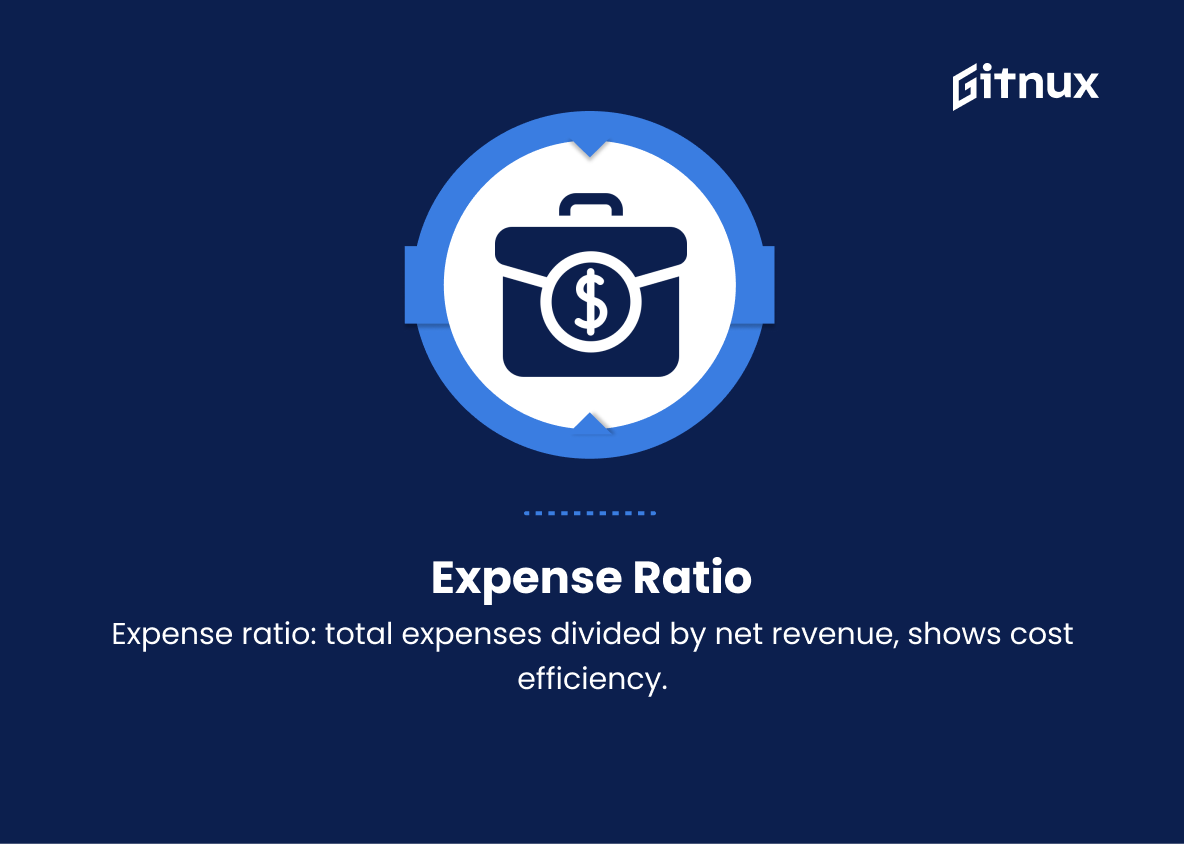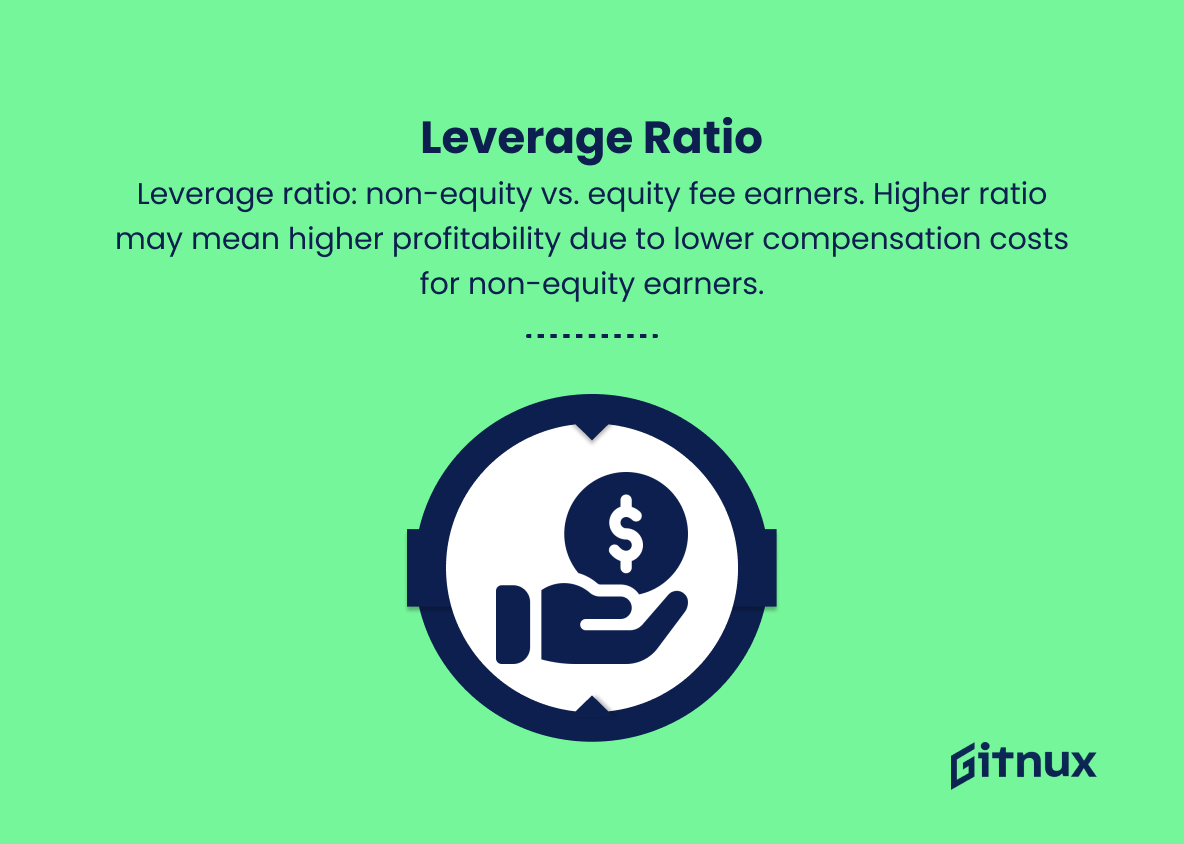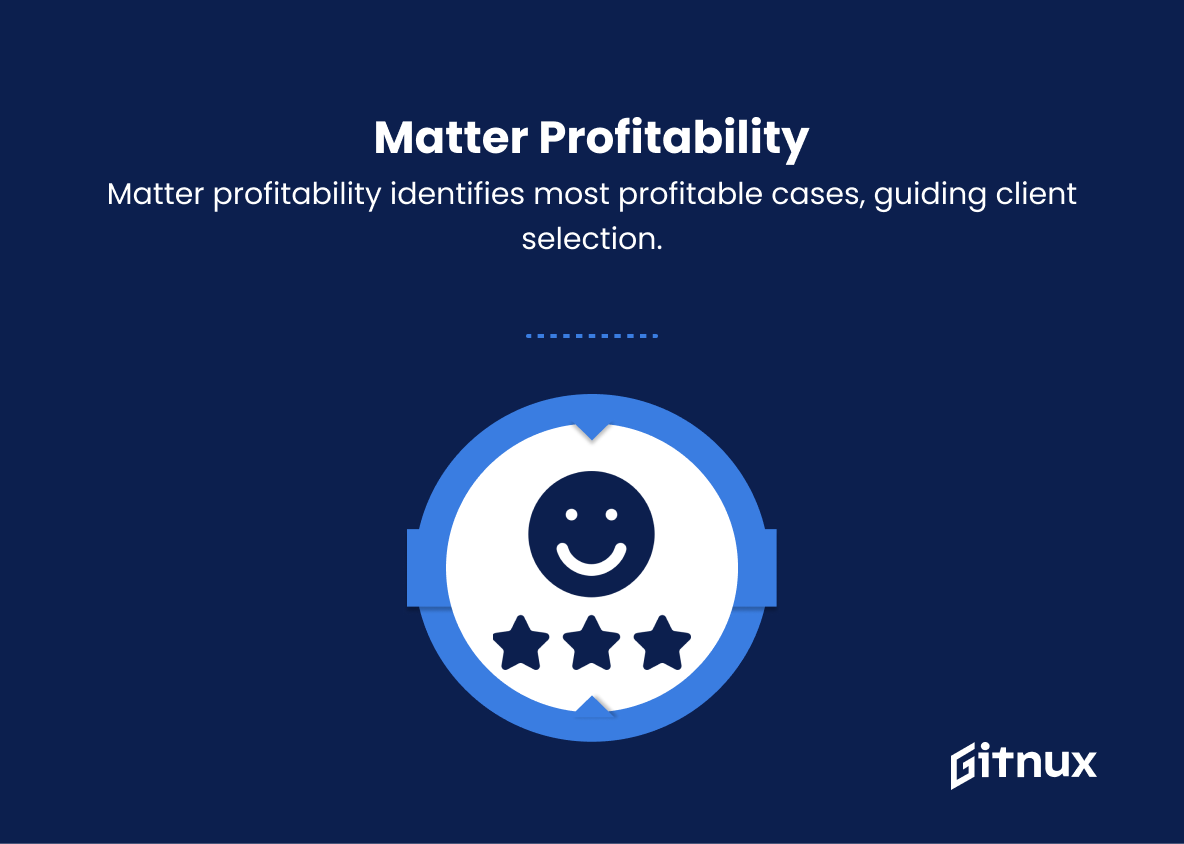In today’s highly competitive legal landscape, law firms must constantly strive to maintain and improve their profitability while simultaneously delivering high-quality services to clients. Achieving this delicate balance necessitates a keen understanding of the key performance indicators and metrics that drive success. In this comprehensive blog post, we will delve into the critical Law Firm Profitability Metrics that every legal professional should be monitoring to ensure optimal performance and growth. From realization rates to overhead ratios, we will break down the numbers, offer insightful analysis, and provide actionable steps that practitioners can take to optimize their operations for profitability and client success. Stay tuned as we explore the financial performance figures that every law firm needs to master in order to thrive in the ever-evolving legal industry.
Law Firm Profitability Metrics You Should Know
1. Profit Margin
Profit margin is calculated by dividing a firm’s net income by its revenue, and it shows the firm’s overall profitability as a percentage. A higher profit margin indicates a more profitable firm.
2. Revenue per Lawyer (RPL)
RPL is calculated by dividing the firm’s total revenue by the number of lawyers. This metric indicates how much revenue each lawyer generates on average and allows for comparisons between firms of different sizes.
3. Profits per Partner (PPP):
PPP is calculated by dividing the firm’s net income by the number of equity partners. This metric shows how much profit is generated for each partner and is often used to compare the financial success of partners at different firms.
4. Utilization Rate
The utilization rate is the percentage of billable hours worked by lawyers compared to their available working hours. A high utilization rate indicates that the firm’s lawyers are working efficiently and maximizing revenue generation.
5. Realization Rate
The realization rate measures the percentage of billed hours that are actually collected from clients. A high realization rate reflects effective billing and collection practices.
6. Billing Rate Growth
This metric measures the annual percentage increase in a firm’s average billing rates. A higher billing rate growth can signify strong demand for the firm’s services and an ability to increase prices.
7. Expense Ratio
The expense ratio is calculated by dividing a firm’s total expenses by its net revenue. A lower expense ratio indicates that the firm is efficiently managing its costs in relation to revenue generation.
8. Leverage Ratio
Leverage ratio measures the ratio of non-equity fee earners (such as associates and paralegals) to equity partners. A higher leverage ratio can indicate greater profitability since non-equity fee earners typically have lower compensation costs.
9. Client Concentration
This metric examines the percentage of total revenue that comes from the firm’s top clients. A high client concentration can signify dependency on a small number of clients, potentially putting the firm at risk if these clients were to leave.
10. Matter Profitability
Matter profitability assesses the profit generated from individual cases or matters. This metric helps firms understand which types of cases are the most profitable, allowing them to focus on attracting and retaining those types of clients.
11. Overhead per Lawyer
Overhead per lawyer is calculated by dividing the firm’s overhead expenses by the number of lawyers. This metric helps firms understand their overall cost structure and identify areas for cost reduction.
12. Return on Equity (ROE)
ROE is calculated by dividing the firm’s net income by total equity capital. A high ROE indicates that the firm is generating a strong return on investment for its equity partners.
Law Firm Profitability Metrics Explained
Law firm profitability metrics are crucial in assessing the financial health and performance of a legal practice. The metrics, including profit margin, revenue per lawyer, profits per partner, utilization rate, realization rate, billing rate growth, expense ratio, leverage ratio, client concentration, matter profitability, overhead per lawyer, and return on equity, provide insight into various aspects of a firm’s operations. They enable law firms to effectively measure their profitability by evaluating their revenue generation capabilities, cost management, operational efficiency, demand for services, and dependencies on clients and specific cases.
By analyzing these metrics, law firms can identify areas of improvement, adjust strategies, and create new goals to ensure long-term financial success and sustainability, while also allowing for meaningful comparisons between firms and partners.
Conclusion
In conclusion, law firm profitability metrics are critical in determining the efficiency and success of a legal practice. By closely monitoring and analyzing data such as realization, collection, revenue per lawyer, and overhead ratio, law firms can make well-informed decisions to streamline processes and maximize their profitability. Embracing technology and continuously adapting to changes in the legal industry, while focusing on client satisfaction and high-quality services, will ultimately lead to a thriving and competitive law firm. Armed with these insights, law professionals can chart a course toward increased profit margins and, ultimately, a stronger overall business strategy.
